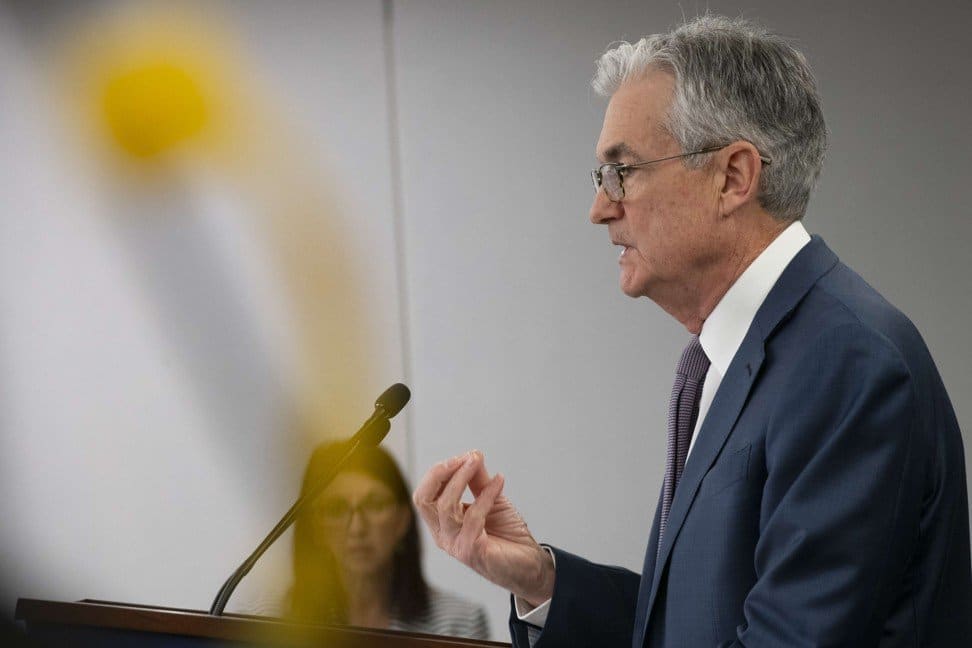
Job growth jumped in May as the U.S. economy added 339,000 jobs, an increase from a revised 294,000 in April. This is also well above the 190,000 that economists were expecting. This comes despite the Federal Reserve’s efforts to cool the labor market amid persistent inflation.
Hourly wages were also up on the month - increasing 0.3%, just below consensus forecasts of 0.4%. On an annual basis, wages were up 4.3%, compared with the 4.4% pace in April.
"The May jobs report was an absolutely outstanding bit of information from the Federal Reserve's perspective, because essentially what it did was demonstrate the strength of the labor market, whilst at the same time sort of muting the impact of rising wages on the broader inflation picture," TheStreet’s Martin Baccardax said.
Full Video Transcript Below:
MARTIN BACCARDAX: Well, the May jobs report was an absolutely outstanding bit of information from the Federal Reserve's perspective, because essentially what it did was demonstrate the strength of the labor market, whilst at the same time sort of muting the impact of rising wages on the broader inflation picture. 339,000 new positions were created in the month of May. That was well ahead of street expectations of about 185,000. And monthly average hourly earnings were only up 0.3% That was about half or thereabouts of the street forecast and shows a declining pace of gain over the past few months.
So if the Fed is able to engineer this so-called soft landing where they're able to tame inflation without tipping the economy into recession, they need more and more of the kind of jobs report that we saw over the month of May, and that's with serious job hiring without necessarily having a concurrent increase in average, average hourly earnings.
I think the prospects of a U.S. recession are beginning to fade, not only because we are seeing such resilience in the job market, but also because the Federal Reserve's inflation fight has been relatively successful so far. We have, of course, CPI, which is running below the 5% level and that's the lowest it's been in about two years. But we're also seeing the run rate of U.S. GDP at around 2%. So in order for the U.S. economy to see two consecutive quarters of negative growth, we would have to turn a corner quite substantially over the second half of the year and into 2024. And there just isn't any indication, at least as yet, that that's going to happen.
Corporate earnings aren't great, but they haven't fallen off a cliff. Manufacturing isn't great, but also it's holding up reasonably well. And the economy has weathered 500 basis points of federal rate, Federal Reserve rate hikes. It's whethered a banking crisis and it's weathered, of course, this whole debate around the debt ceiling. So the resilience that we're seeing in broader growth prospects as well as the labor market probably puts that inflation discussion much further into the future.
The odds of June rate hike are really starting to fade right now as a result of the fact that we are seeing these slower levels of wage growth alongside stronger than expected job creation. And I think effectively that's going to give the Fed at least some room to maneuver over the summer months. Now, the messaging over the past week has been that the Fed is going to be data dependent and they won't mind skipping a rate hike in the June meeting in order to ensure that they have an understanding of how their previous rate hikes have affected the economy and indeed what the prospects are for the summer and going into the fall.
But again, if we do see more of these job reports which indicate robust hiring and slowing wage growth alongside the downtick we're likely to see in CPI, then that probably gives the Fed even more room to breathe going into the autumn. At present, traders are pricing in only about a 25% chance of a June rate hike and that level falls off to about 12.5% for the July meeting. Now this of course, just completely eliminates the discussion of rate cuts at this point because inflation levels are running well past the Fed's preferred 2% target. But nonetheless, a pause or a skip is the first step in a Fed easing cycle, and we may be able to elicit that conversation in the latter part of this year.







